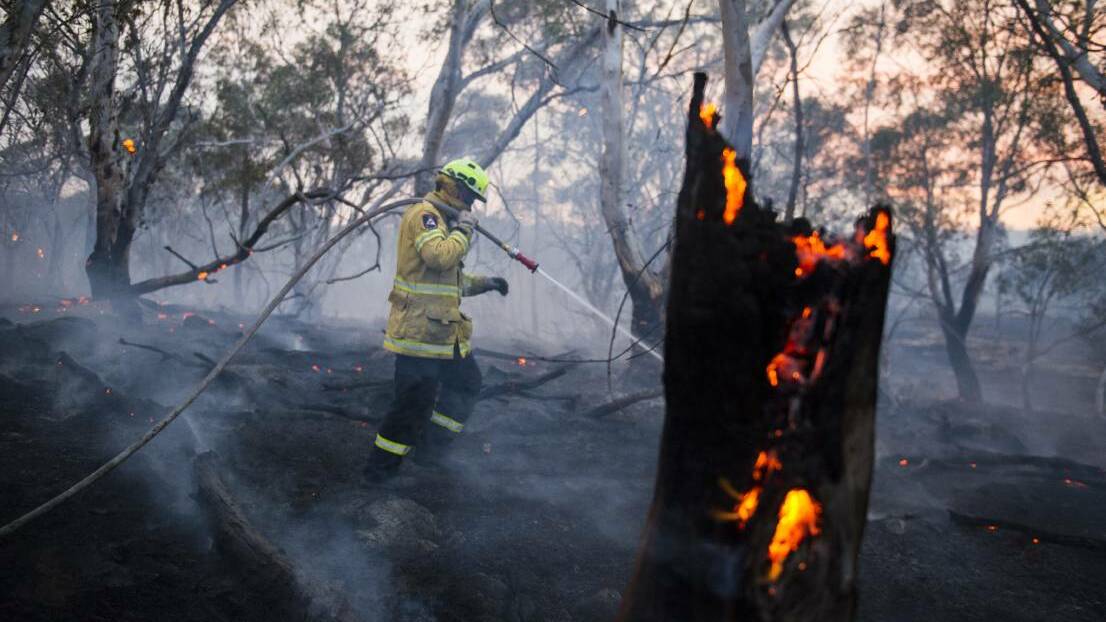
Climate change could lead to a seasonal shift in hazard reduction burns which may expose greater issues of smoke pollution, new research has found.
Subscribe now for unlimited access.
$0/
(min cost $0)
or signup to continue reading
Research into the effect climate change will have on hazard reduction burning from the ARC Centre of Excellence for Climate Extremes and UNSW, found the time and appropriate weather to complete prescribed burning wouldn't significantly shrink in the next 50 years, but could lead to other public health concerns.
Co-author of the research paper, UNSW Associate Professor Jason Sharples said the findings were at odds with the expectation climate change would lead to less controlled burns.
"What we found was that actually if you're just looking at the sweet spot for burning, it doesn't actually get narrower it just shifts," he said.
"The problem is it shifts into areas where you may not be able to burn for other reasons."
Hazard reduction burning is usually done from March to May, when conditions are appropriate for firefighters to control the flames and it will successfully remove the fuel load.
The research found in the next few decades, while burning windows would decline during that period, they would increase from June to August and in the early part of September.
Researchers looked at variables including maximum temperature, relative humidity, wind speed and fuel moisture.
They modelled how these would combine, assuming emissions continue to rise at the current pace, to create prescribed burning windows in the period 2060-2079.
They compared these results to observations from 1990-2009.
The east coast could see this seasonal shift result in a 50 per cent reduction of appropriate weather in March to May, but those opportunities would reappear in June to August.
However, Dr Sharples said the seasonal shift could lead to a higher risk of smoke pollution from those controlled fires.
Research published by the ARC last year, predicted inversion layers, which trap smoke and pollution close to the surface, could get 40 to 80 per cent stronger over the next 50 years in east coast cities, with the worst effects in winter.
"So even though you get the same amount of days per year to burn, the days you are likely to be able to burn are the ones where the smoke is going to get trapped near the surface," Professor Sharples said.
"That's a huge public health concern."
READ MORE:
Canberra was plagued with smoke pollution in the most recent fire season.
The Bushfire Royal Commission heard in May smoke was linked to hundreds of deaths and thousands of hospitalisations nationwide.
Dr Sharples said if less hazard reductions burns took place due to health concerns there would be less areas with a reduced fuel load when the fire season hit.
However, Dr Sharples said research showed hazard reduction burning was "limited" in its impact if the intensity of bushfires continued to build.
"Looking at the occurrence of really large fires, like we had in the last season that become their own weather system, the research there is saying when you get these extreme conditions, then hazard reduction becomes quite limited in its effectiveness anyway."


